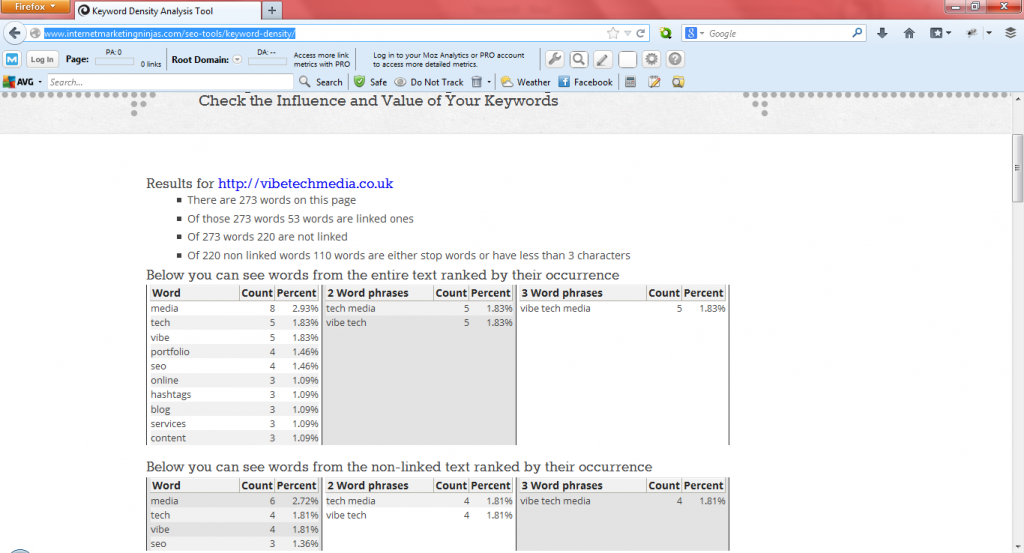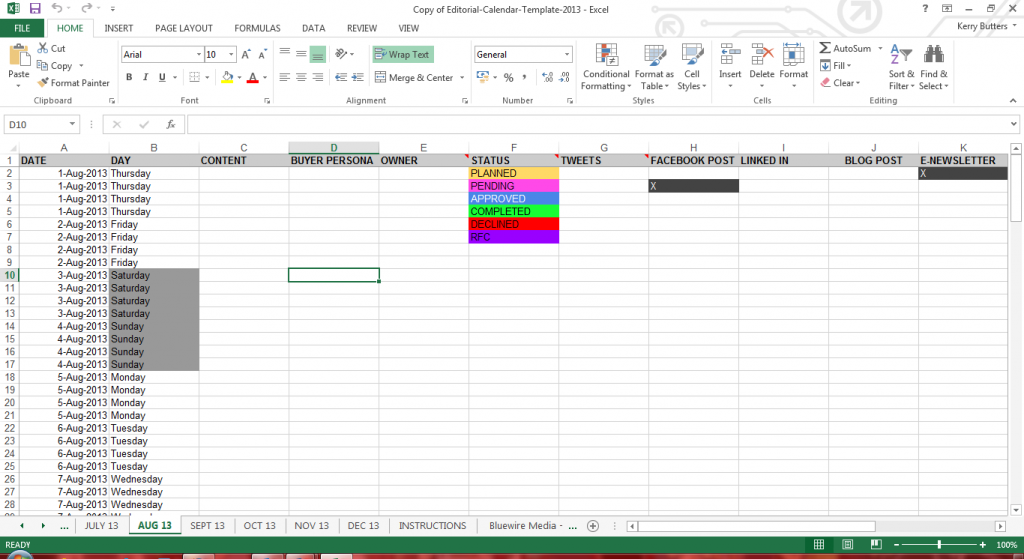There’s so much said on content marketing strategies online that you’d think that all business owners would have got the message by now; content is possibly the most important aspect to your online marketing efforts. Practically every online business idea relies on a high quality content marketing strategy.
However, we all have busy lifestyles and if you’re not constantly working with online marketing, then it can be difficult to keep up with the latest trends and SEO requirements. That doesn’t mean they should be ignored though, internet shopping in the UK is a national pastime and those not taking advantage of it risk losing valuable business.
Content has always been important when it comes to a business site, but it’s even more so now in the post Panda/Penguin days. Google’s drive to rid the search engines and spammers and make the web more useful have made sure of that.
So what kind of content do you need? And what the heck is content marketing?
According to the Content Marketing Institute: “Content marketing is a marketing technique of creating and distributing relevant and valuable content to attract, acquire, and engage a clearly defined and understood target audience – with the objective of driving profitable customer action.”
Seems quite simple right?
The importance of quality
One of the most important aspects to content is the quality. Images ripped from other sites without paying attention to rights, duplicate written content copied from a press release or news story, spun articles, poorly written content, all of this is likely to damage your SEO/SERPs position considerably.
Panda has now been integrated into Google’s main algorithms and according to Matt Cutts, we can expect monthly updates for it now. This means that it’s even more important to ensure that content is:
- Unique
- Relevant
- Of a high quality (grammatically correct with no spelling mistakes and good readability scores)
- Not stuffed with keywords
- Follows a logical site structure
For keywords, there’s a useful tool from Internet Marketing Ninjas that allows you to look quickly and easily at the keyword density for each page. Despite what many site owners seem to think, keywords are no longer the Holy Grail and whilst they remain important, especially for PPC campaigns, they shouldn’t be overused.
This is because if a word or phrase is used over and over again in a block of text, then it obviously doesn’t read well. Many people in the past have used keyword stuffing in an attempt to fool the search engines into ranking them highly, but now Google and the rest of the SEs are having none of it.
As you can see, the Ninja tool allows you to look at each page, what words are used and the density. This is a healthy-looking page, for example, as whilst it inevitably uses the same keywords here and there, keyword density is never above 1.83%.
This is an important process to carry out, as it’s likely to affect your site badly if it appears that keyword stuffing has been used. Saying that, keywords should be used strategically and it’s good practice to try to include them in titles, at the start of the blog and articles. Choose a key phrase and then a couple of similar, related phrases for the best results.
Types of content
Content doesn’t just mean blog posts and articles and it’s important to understand that the best sites that rank the highest will have a mixture of content that uses different mediums or techniques.
These include:
- Blogs
- Articles
- White papers
- Presentations
- Images
- Videos and video infographics
- Social media
- Case studies
- Testimonials
- eBooks
- Infographics
- Email/newsletters/targeted offers
- Press releases
- Mobile apps
Whilst this isn’t an exhaustive list, these are the most commonly used forms of content and a good strategy will encompass many of them. Social has become more important to the search engines and so it’s important to ensure that social sharing buttons and content shared on social networks have some power too.
In the past, white papers have been seen to be one of the most effective content offerings, as these can be presented as downloadable content, which require a short form to be filled in. This allows a site to build a list of leads and an email newsletter database, if the visitor has opted in.
However, SlideShare is quickly growing in popularity as a content marketing tool with many finding it very effective. This is due to the way that bite-sized chunks of information can be presented, which are easier for the audience to take in and digest.
Many people seem to think that email no longer has any value as a marketing tool, but the opposite is true. Email remains very important to online marketing and if you can add personalisation (such as Amazon offers), then all the better.
Strategy and planning
The mistake that many people make when it comes to content is in the lack of planning. A content campaign must be strategized if it’s to be effective.
You should:
- Consider the target audience/buyer persona
- Think about the types of content you can use
- Decide how you’re going to distribute content
- Who is going to be responsible for what
- How are you going to promote the content
- Get together an editorial calendar
Target audience is important and is something you should know already if you’re targeting the same audience as your general marketing plan follows. However, you may want to change this slightly in order to target certain age groups for different products, for example.
As far as distribution goes, think about if you’re going to offer downloadable content for lead generation, or if you’re going to use email, or both. It’s also a good idea to decide which social networks you’re going to share which content with. Don’t dismiss any of them out of hand, whilst LinkedIn may be the ideal B2B choice, there are equally as many business customers using Twitter and Facebook Pages, not to mention YouTube.
You can use social as a tool for distributing and promoting the content as well, so it’s important to recognise just how much bearing it has on SEO.
Editorial calendars
Contrary to popular belief, these are not just for newspapers and publishers and are incredibly useful for planning content. There are plenty of templates to be found online to help you get started and most are in the form of spreadsheets, although others can be integrated into a CMS.
As you can see, this one gives spaces for filling in days, content, buyer persona, status, social and so on. You can use this to plan out content, looking at regular things such as social posts and blogs first.
It’s then a case of planning a few things out. For example, there are some times of the year where you can guarantee the kind of content you will be putting out, such as a competition at Christmas, or a themed week for Easter.
You can also look at what industry events might be taking place over the course of the year that you might be attending and plan Twitter updates and blog posts to cover it. This means that you can up productivity, make sure that everyone knows what’s expected of them and when and save yourself a lot of time thinking up obscure future titles.
Content 101
It’s important that your content is authoritative, so have a look at Google’s Webmaster Central Blog for guidelines on this. Give your site a good look over and remove any content that’s not especially helpful, such as that blog post describing the Christmas party (unless it’s exceptionally funny).
This means getting rid of short, non-informative articles on the site and making sure that you provide a good mix in terms of medium and the length of written content. Whilst many still believe that the premium post size is 300-500 words, this is not the case and Google appear to have been giving more weight to longer pieces of up to 2000 words for blogs and articles.
If you can’t write, then bite the bullet and hire a professional. Copywriters in the digital age tend to have skills in SEO writing and can ensure that they say a lot with few words. Whilst yes, you can find articles that have been written for $2.50, this is highly inadvisable. With content, as with everything else in business, you get what you pay for and if you’re not prepared to pay a professional the going rate, then don’t bother at all.
This is especially true as cheap content is usually ‘spun’, meaning that an existing piece has been taken and put through software which rearranges and alters meanings of the same text. This rarely works out well and you must have come across sites where it reads like gibberish – that’s spun content.
The important of good content can’t be emphasised enough if you want your site to be able to compete with business rivals. SEO is a complex affair all round, but good content is what the majority of it is based upon.



